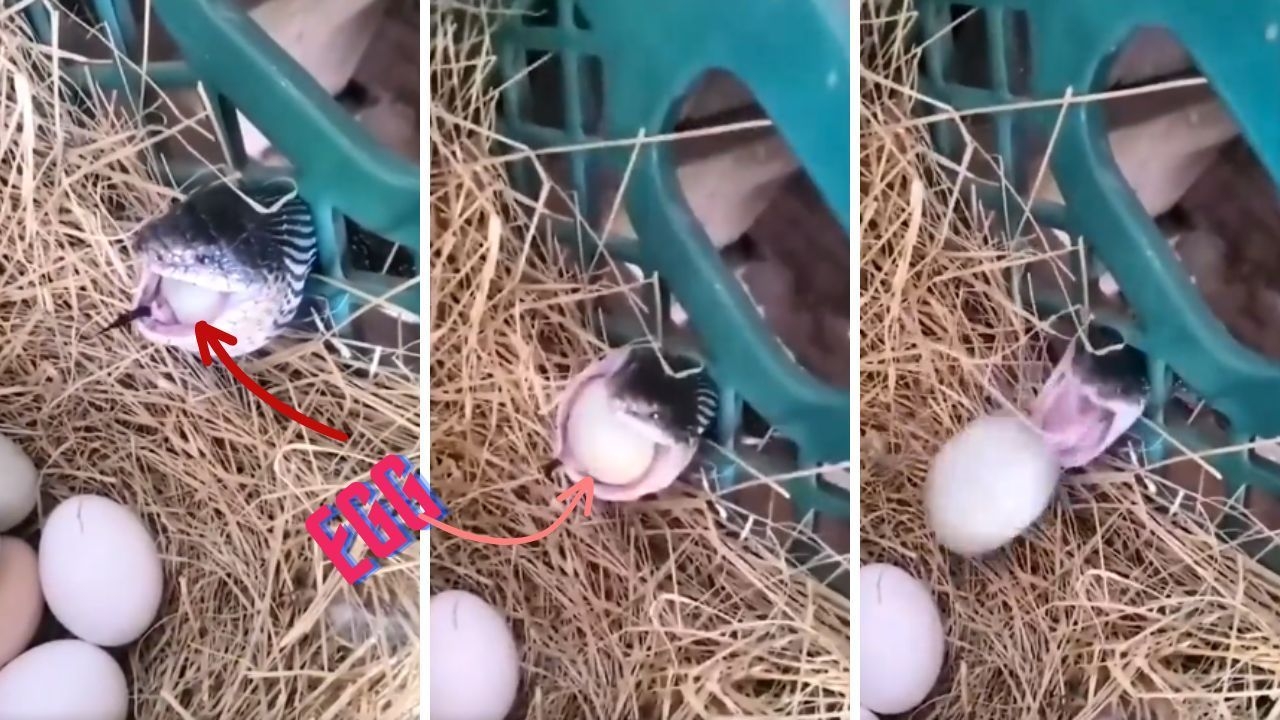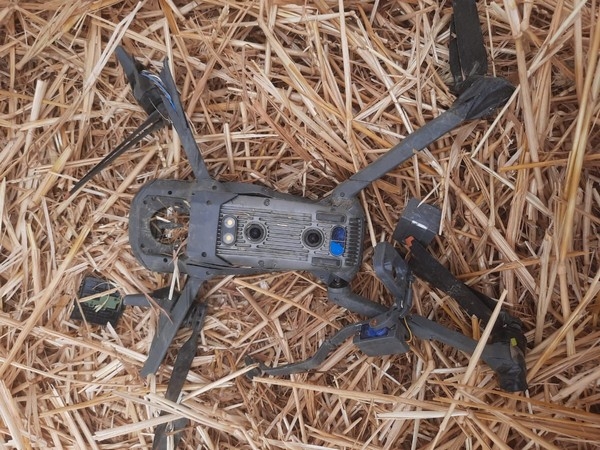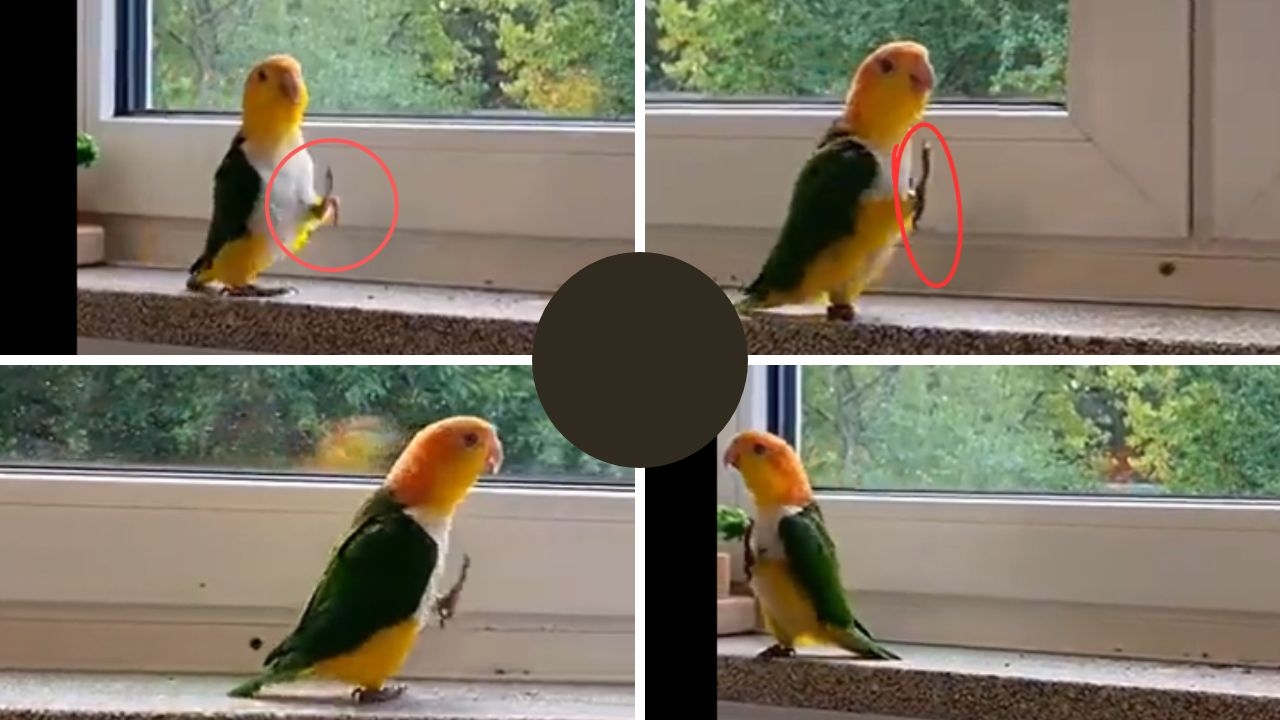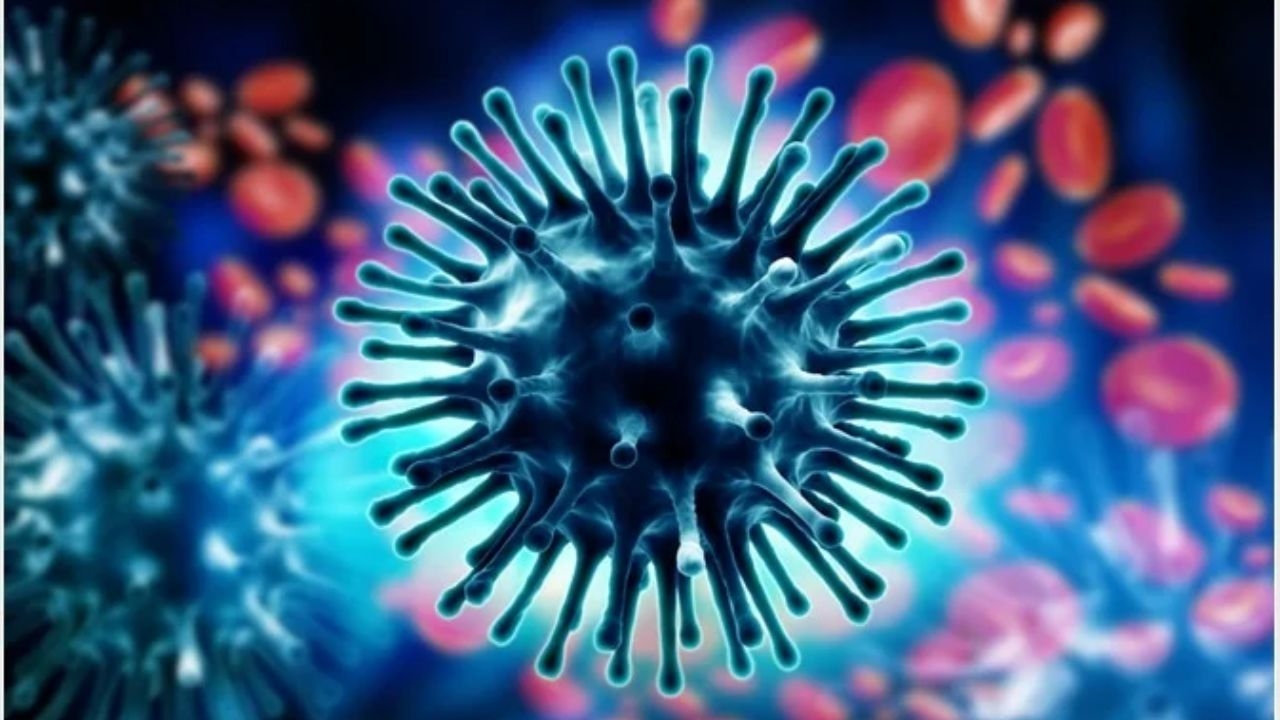Gujarat elections on Dec 9 and 14: Expect the battle of the year now
_86869_730x419-m.jpg)
The Election Commission of India (ECI) Wednesday announced the much-awaited schedule for the Gujarat Assembly elections. The stage is now set for a high-pitched battle in the western state that has been a Bharatiya Janata Party (BJP) bastion for the more than two decades.
This is being seen as a prestige battle for Prime Minister Narendra Modi: For the first time in 17 years the saffron party will go into the battle without him at the helm in the state.
As the Gujarat chief minister, he led the BJP to victory in the last three Assembly elections there. The Congress will look to turn the tables this time.
The Dates
With Wednesday's announcement, the model code of conduct kicked in. Polling in Gujarat will be held in two phases: 9 December for 89 seats and 14 December for 93 seats. Votes for all 182 seats will be counted on 18 December, along with those in Himachal Pradesh where polling will be held on 9 November.
Around 4.33 crore people will be eligible to exercise their right to franchise in the polling through electronic voting machines along with with VVPAT paper trail machines.
VVPAT – Voter Verifiable Paper Auit Trail – will be used at all 50,128 polling booths. It's a machine that generates a slip with the symbol of the party for which a vote is cast. There will be 28,639 polling stations.
Crucial delay
The ECI has been under fire for not announcing dates for the Gujarat polls along with Himachal Pradesh. The dates for the hill state were announced on 12 October.
Across the country, the political parties opposed to the BJP have alleged that the ECI – headed by former Gujarat chief secretary AK Joti – gave time to the BJP government in Gujarat to get its act together.
Expectedly, the state government as well as Modi made full use of the window to shower sops worth about Rs 11,000 crore on Gujarat. The PM visited his home state twice in the while. Among other things, he launched the hyped Roll On Roll Off (RoRo) ferry service between Ghogha in Bhavnagar district and Dahej in Bharuch.
The Gujarat government, led by Chief Minister Vijay Rupani and his deputy Nitin Patel, announced sops until Tuesday, including:
- A 50% hike in incentive-based payments to 43,000 ASHA workers
- Benefits for contract employees
- Relief to farmers using drip irrigation
- The second phase of the Metro railway project between Gandhinagar and Ahmedabad
The lotus eaters
In the last Gujarat elections (December 2012), the BJP won 117 of the 182 seats; the Congress managed only 57. Two seats went to Gujarat Parivartan Party (GPP) floated by former CM Keshubhai Patel, one to the Janata Dal (United), two to the Nationalist Congress Party (NCP) and one to an independent. The BJP's tally was down by two from 2007. But in the 2014 Lok Sabha polls, it whitewashed the Grand Old Party in the states with all 26 seats.
But things have changed since then. For the first time in three decades caste equations have become important in Gujarat, thanks to the HAJ – Hardik Patel, Alpesh Thakor and Jignesh Mevani. They have brought in a new dimension to state politics, particularly among the youth.
The Patidar agitation led by Patel in 2015, demanding reservations in jobs and educational institutions, has led to a large chunk of the Patel youth being disillusioned with the saffron party. The community has been its core support for more decades, especially ever since the BJP made Keshubhai CM after assuming power in Gujarat in 1995.
Thakor came into limelight via an anti-liquor drive among the other backward classes (OBCs) who form the largest chunk of voters in Gujarat at more than 45%. He opposed the Patel quota demand saying it would have to be at the cost of the OBCs.
Once the fog cleared, he emerged as another pole in state politics opposed to the BJP and recently joined the Congress.
Mevani emerged as a leading face of the Dalit unrest after the Una flogging incident. Since then he has consolidated his base among the community that accounts for only 7% voters but can make a difference in some seats.
Opposition-op
The Congress has invited all three to join its ranks, but has managed to win over only Thakor.
Patel has reportedly put forward a set of demands, including:
- the core quota issue
- action against police personnel responsible for assault on Patidars
- tickets for candidates of his choice in Patel-dominated seats
- The Congress is noncommittal on the last. The party fears such candidates may switch sides after being elected, sources said. Also, it has almost finalised its own list.
Mevani has refused to join the Congress ranks, but has been saying that Dalits would not vote the BJP.
The Aam Aadmi Party (AAP) has also thrown in its hat into the ring, already announcing 11 candidates for seats mostly in and around Ahmedabad, Surat and some in Saurashtra, where the anti-incumbency factor is high.
Earlier it appeared it would contest most of the seats but debacles in Punjab and Goa led to a changed strategy. One section thinks that after garnering sufficient voteshare in Delhi, Punjab and Goa, the AAP is looking to get a foothold in Gujarat to emerge as a national party for the 2019 Parliamentary elections.
The anti-incumbency
The BJP is on a somewhat sticky wicket, carrying the baggage of anti-incumbency of more than two decades. It has been in turmoil ever since Modi moved to Delhi. The party had to change his successor Anandiben Patel after the Patidar agitation.
Incumbent Rupani seems to have been remote-controlled by Amit Shah and Modi from Delhi. The inability to act ater the recent floods in North Gujarat has been a major dent in the image of his government.
But the most damaging factor has been how Modi's popularity has taken a beating on the economic front. Demonetisation and the shoddy implementation of Goods and Services Tax (GST) have led to resentment among small manufacturers, traders and others in the middle classes – once the most vocal supporters of Modi and his Gujarat model.
Gujarat's showing on the human development index has been poor and the marginalised sections were never among its hard core voters. The party's Hindutva agenda has already alienated most Muslims and Christians in the state.
For the first time Modi and his model is being questioned on Gujarat's streets and public fora and his supporters are finding it difficult to justify themselves. 'Symbolic development' vs 'real development' has become the main issue.
The people were earlier swayed by mega projects and events such as river fronts, the Sardar Patel statue and express highways. But now they question high inflation, the hit that the manufacturing sector has taken, loss of jobs, contractual employment and unrest due to Hindutva agenda like violence by Gau Rakshaks etc, observers said.
It won't be easy for the Congress though. It has some support in the rural and semi-urban areas but is yet to break into the BJP's urban strongholds – one in every three seats.
Whether the resentment against the BJP will translate into votes for the Congress is not clear. The party does not have a strong leader to match Modi.
Also, it has to deal with the departure of Shankersinh Vaghela and his followers. With several small factions, it will be a challenge to fight a united battle.
This election will also set the tone for the next Lok Sabha polls in a way. If the BJP fails to perform optimally, the Opposition will see an opportunity to up the ante. Another landslide victory for the BJP will, however, be a setback for them.
Edited by Joyjeet Das
First published: 25 October 2017, 18:06 IST

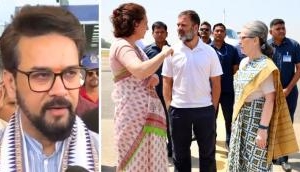

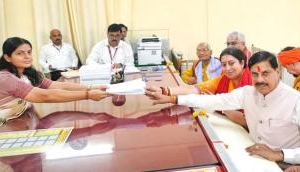
_with_Kailash_Vijayvargiya_251452_300x172.jpg)
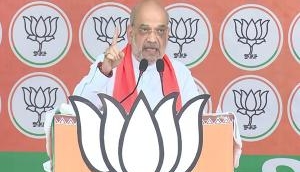
![BJP's Kapil Mishra recreates Shankar Mahadevan’s ‘Breathless’ song to highlight Delhi pollution [WATCH] BJP's Kapil Mishra recreates Shankar Mahadevan’s ‘Breathless’ song to highlight Delhi pollution [WATCH]](http://images.catchnews.com/upload/2022/11/03/kapil-mishra_240884_300x172.png)

![Anupam Kher shares pictures of his toned body on 67th birthday [MUST SEE] Anupam Kher shares pictures of his toned body on 67th birthday [MUST SEE]](http://images.catchnews.com/upload/2022/03/07/Anupam_kher_231145_300x172.jpg)


